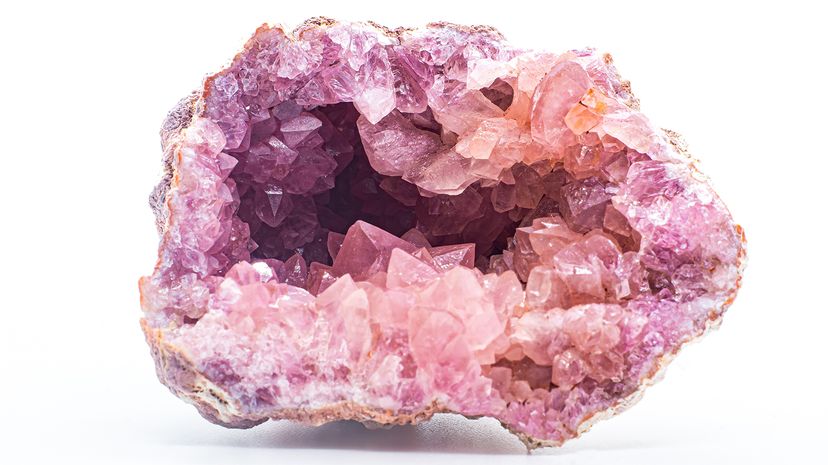Geodes are geological formations characterized by their spherical shapes and hollow interiors, often lined with colorful crystals. Derived from the Greek word geoides, which means "earthlike," these unique structures catch the eye of scientists and gem enthusiasts alike.
The term geode describes a specific kind of formation found in volcanic and sedimentary rocks. These spherical rocks begin as bubbles in volcanic lava — or as animal burrows, tree roots or nodules in sedimentary rocks which later fill with mineral-rich groundwater.
Over millions of years, this water deposits layers of minerals on the inside walls of the cavity. Slowly, these minerals crystallize, forming a dense lining of quartz or other silicates that can include a variety of crystals like amethyst, calcite or celestite.
When a geode splits open, either naturally or by human intervention, it reveals an internal cavity lined with vibrant, pointed crystals. The size, color and pattern of these crystals vary depending on the minerals present in the water that filled the cavity, making each geode a unique and natural work of art.
Collectors and geologists cherish geodes not only for their beauty but also for their ability to provide insights into the geological processes that shape our Earth.
